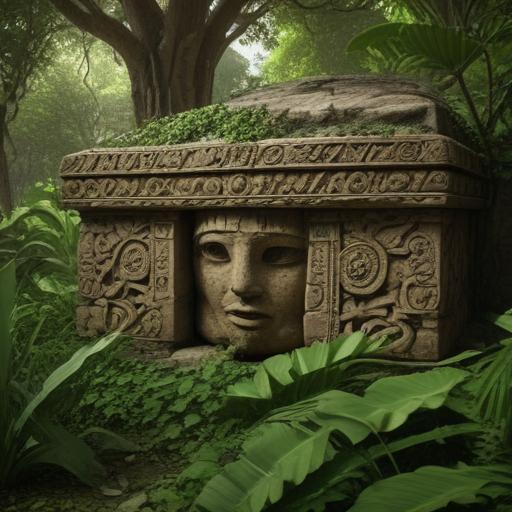Archaeologists from the University of Houston have made a significant discovery at the ancient Maya city of Caracol in Belize: the tomb of Te K’ab Chaak, the city’s first ruler and the founder of its royal dynasty. This remarkable find is the first identifiable ruler’s tomb uncovered in over four decades of archaeological work at Caracol, which is recognized as the largest Maya site in Belize and a crucial player in ancient Maya history.
Te K’ab Chaak ruled from 331 AD and was buried at the base of a royal family shrine. His tomb contained an impressive array of artifacts, including eleven pottery vessels, jadeite jewelry, and a mosaic jadeite mask. Notably, the pottery depicted ceremonial scenes featuring a Maya ruler receiving offerings from deities, indicating the rich cultural practices of the time. Surprisingly, some vessels also illustrated bound captives, which were a theme present in other burials found nearby.
The excavation team, led by Diane Z. Chase and Arlen F. Chase, has dedicated over four decades to studying Caracol. Their latest findings suggest that Te K’ab Chaak’s burial coincided with a period of early contact between the Maya and the distant central Mexican city of Teotihuacan. This connection, along with artifacts discovered in previous excavations, signifies a complex interrelation between these cultures well before the traditional timeline of contacts.
Diane Z. Chase remarked on the ongoing debates surrounding the influence of Teotihuacan on the Maya, noting that archaeological evidence points to significant symbolic exchanges well before the documented “entrada” around 378 AD. The discovery at Caracol is pivotal in exploring whether these interactions involved direct migration or the adoption of cultural symbols by the Maya.
Further research into this intriguing site continues, focusing on the artifacts, skeletal remains, and ancient burial practices, with insights expected to emerge during presentations at a future conference on Maya-Teotihuacan interactions, scheduled for August 2025.
This exciting discovery not only sheds light on the sophisticated political structures of ancient Maya society but also highlights the vast networks and relationships that existed in Mesoamerica thousands of years ago. The findings promise to enrich our understanding of Maya history and culture, prompting further exploration of their world and its connections.
